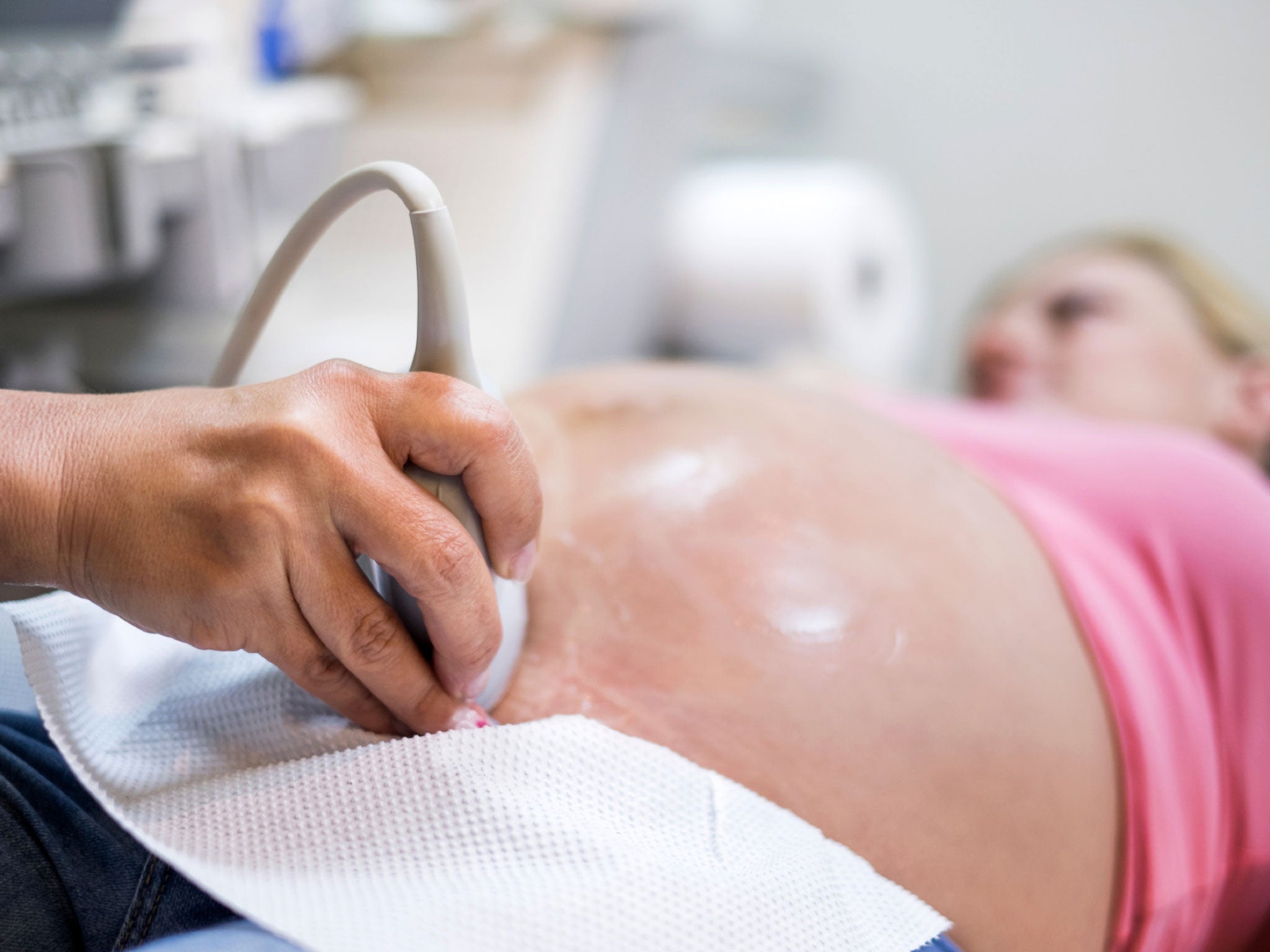'Three-parent babies' technique to prevent genetic diseases hits snag
Researchers say findings are a 'challenge' to the idea that using a donor egg can prevent the transmission of faulty mitochondrial DNA, but other experts sound an optimistic note

A study into a controversial IVF technique which researchers hope will be able to prevent devastating genetic diseases that can cause premature death, learning disabilities, seizures, deafness and blindness has discovered a problem.
Critics have claimed that using donated mitochondrial DNA to stop faulty genes from being passed on from mother to child amounts to the creation of “three-parent babies”.
But supporters have stressed that the DNA in mitochondria, which provide cells with energy from food, is separate from the DNA that essentially makes us who we are, contained in our 23 pairs of chromosomes.
The technique involves taking a nucleus from an egg produced by a mother who is carrying a mitochondrial disease and transferring it into a donor egg containing healthy mitochondria. This is then fertilised and transferred back into the mother.
However researchers led by Dr Dieter Egli, of the New York Stem Cell Foundation, discovered that when the nucleus is transferred some of the defective mitochondria can go with it, according to a paper in the journal Cell Stem Cell.
But other scientists said that overall the findings of the study were actually grounds for "optimism" as this was a relatively uncommon occurrence.
In the study, the researchers found that half the cell lines created from using the nucleus and donor egg contained a low percentage of mitochondrial DNA from the original egg cell.
In some cases, this original mitochondrial DNA disappeared over a period of six months, but in others it took over the donor cell so that 100 per cent of the mitochondrial DNA matched that of the transferred DNA.
Dr Egli said in a statement that this represented "a challenge to making mitochondrial replacement therapy safe and effective".
“We anticipate that the findings will inform decisions regarding when and how mitochondrial replacement in humans will be done clinically," he added.
Dr Egli said that they now planned further research to trying to find “a path to therapeutic translation”.
In the UK, the Government passed legislation to allow the procedure to take place but it still must be licensed by the Human Fertilisation & Embryology Authority (HFEA) before it can be used on patients.
The results in this paper are important as they show that there might be a low risk associated with a new technique aimed at preventing passing on mitochondrial disease from mother to child.
And British experts saw signs of hope in the study.
Mary Herbert, a professor of reproductive biology at Newcastle University, said the research offered "some valuable insights into the likely efficacy of mitochondrial replacement therapies".
"While the finding highlights the importance of keeping mitochondrial DNA carryover to the lowest possible levels, it is very difficult to assess the relevance to normal embryonic development," she said.
"Maintaining the stem cell state for many months in the lab does not reflect what happens during normal embryonic development where it exists only transiently."
Professor Herbert said the research by Dr Egli's team provided "grounds for further optimism that 'mitochondrial replacement' therapies have the potential to reduce the risk of a mother transmitting mitochondrial DNA disease to her children".
Professor Robin Lovell-Badge, a group leader at The Francis Crick Institute, a biomedical research centre in London, said most of the cell lines produced by Dr Egli’s team had showed “no or very low persistence” of the mother’s original mitochondrial DNA.
“So how should these results be viewed – with glass half full or glass half empty?” he said.
“Optimists would say that these experiments are encouraging, with the expected and hoped for result found in almost all cases.
“Pessimists would focus on the infrequent unexpected and un-hoped for result, which if carried out for real in an attempt to avoid mitochondrial disease would fail to do so.
“They may conclude that the methods are too unsafe to use clinically. Whether or not to go ahead with these odds might actually be a question that the patients should answer.”
Dr Marita Pohlschmidt, director of research at Muscular Dystrophy UK said: “The results in this paper are important as they show that there might be a low risk associated with a new technique aimed at preventing passing on mitochondrial disease from mother to child.
“It is important now to understand whether the techniques used in the paper might reflect what would happen when this technique would be applied in the clinic so that affected families understand the risk and can make an informed decision.
"Overall the results appeared to be positive and as a patient organisation we feel optimistic about mitochondrial replacement therapies that are currently in development.”
And Sarah Norcross, director of the Progress Educational Trust, a charity that helps people affected by infertility and genetic conditions, said the findings were "largely reassuring".
"There is now robust evidence that novel combinations of mitochondrial and nuclear DNA do not lead to a problem of mismatch, which was a concern raised by some scientists in relation to the safety of mitochondrial donation," she said.
Subscribe to Independent Premium to bookmark this article
Want to bookmark your favourite articles and stories to read or reference later? Start your Independent Premium subscription today.

Join our commenting forum
Join thought-provoking conversations, follow other Independent readers and see their replies